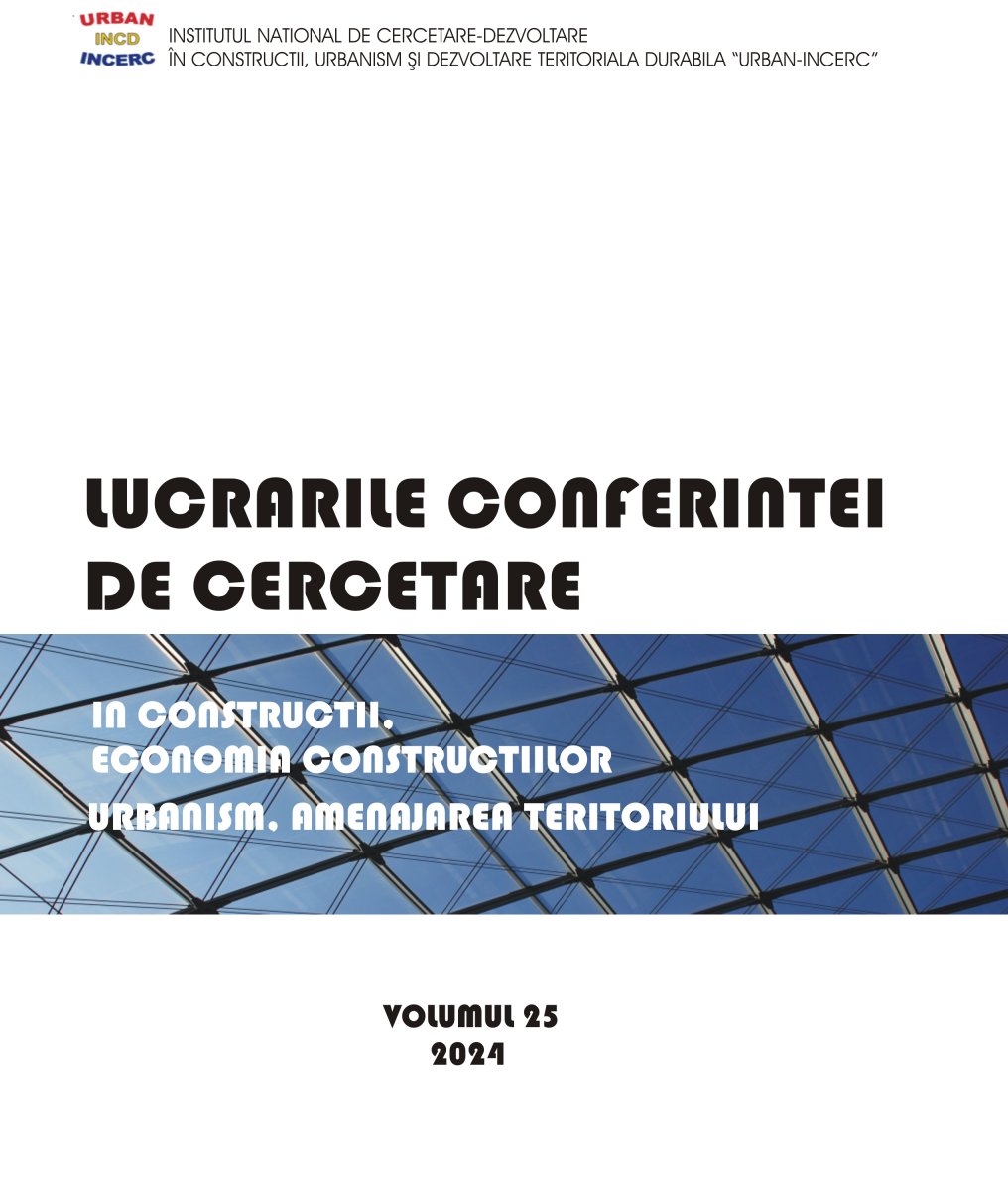Serviciile ecosistemice culturale pe care le oferă infrastructura verde urbană grupurilor vulnerabile. Studiu de caz: Municipiul Râmnicu Vâlcea
The cultural ecosystem services provided by urban green infrastructure to vulnerable groups. Case study: the municipality of Râmnicu Vâlcea
Author(s): Oana Catalina Popescu, Antonio Valentin Tache
Subject(s): Physical Geopgraphy, Environmental Geography, Policy, planning, forecast and speculation, Socio-Economic Research
Published by: INCD URBAN-INCERC
Keywords: green space; accessibility; social equity; supply and demand indicators; green belt
Summary/Abstract: Along with the growth of the urban population, a sharp tendency of population aging in the cities has been observed. This raises the question of whether and how a city can become friendlier to vulnerable people. The natural environment has a major impact on the mobility and quality of life of the elderly, who must have good accessibility to urban green space. The aim of this research is the analysis of the access that vulnerable groups (children and elderly people) have to the urban green space and to the cultural ecosystem services it offers. Analyzing the demand and supply of urban green infrastructure among young and elderly people allows the assessment of social equity in terms of the cultural ecosystem services generated by urban green infrastructure. The analysis focused on the municipality of Râmnicu Vâlcea, because the present study is part of a larger work focused on the feasibility of creating a green belt around this municipality. The results show that with the decreasing trend of the young population and the increasing trend of the population over 65 years old, the two categories of population had at their disposal similar areas of green space in recent years. The area of green space related to the total population in the municipality of Râmnicu Vâlcea was in 2021 well below the minimum limit of 26 sqm/urban inhabitant and this means that the city needs more green space so that vulnerable people can benefit from the advantages offered by the urban green infrastructure. The present study contributes to the identification of areas where the concept of green infrastructure can be implemented in the form of green corridors, green wedges or green belts in Râmnicu Vâlcea municipality.
- Page Range: 5-16
- Page Count: 12
- Publication Year: 2024
- Language: Romanian
- Content File-PDF

